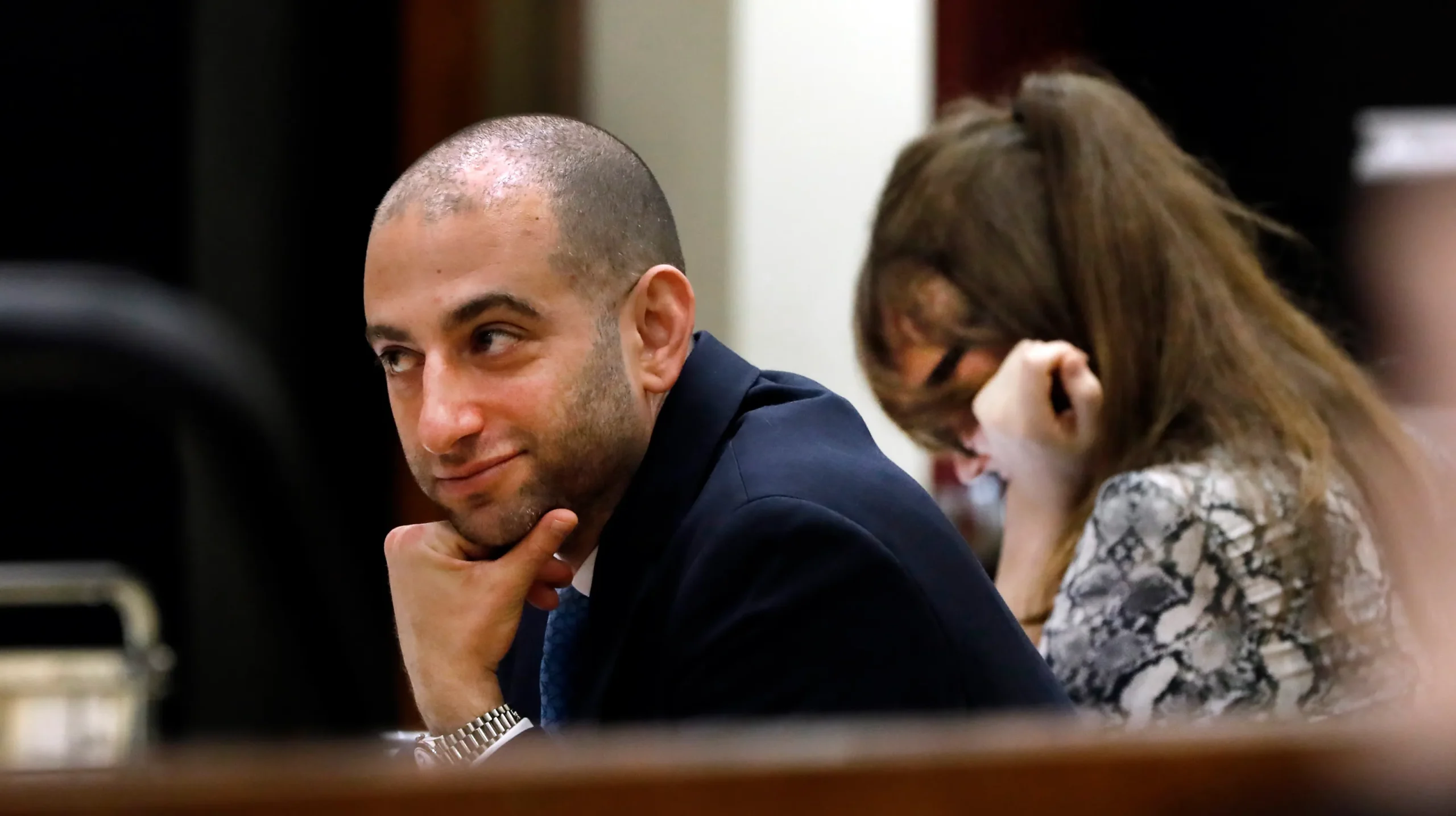Blog
Effective Cross Examination of Prosecution Witnesses in Counterfeiting Trials
Contents
Effective Cross Examination of Prosecution Witnesses in Counterfeiting Trials
Cross examination is a critical skill for any defense attorney in a counterfeiting trial. The prosecution’s case often relies heavily on witness testimony to try to prove the elements of counterfeiting and implicate the defendant. As the defense, cracking these witnesses on cross can completely undermine the prosecution’s theory of guilt.
Know the Elements of the Crime
The first key is to have a strong command of the legal elements that the prosecution must prove beyond a reasonable doubt to convict for counterfeiting. The core federal counterfeiting statutes are 18 U.S.C. § 471 (making counterfeit currency) and 18 U.S.C. § 472 (passing counterfeit currency). For § 471, the government must prove the defendant: (1) made, executed, acquired, scanned or printed; (2) a counterfeit obligation or security of the United States; (3) with intent to defraud 1.
For § 472, the elements are: (1) the defendant passed, uttered or published; (2) a counterfeit obligation or security of the United States; (3) with intent to defraud 2.
The bottom line is the prosecution must show the items were in fact counterfeit, and that the defendant knew they were counterfeit and intended to use them fraudulently. Use cross examination to attack these elements.
Investigate Witnesses Thoroughly

Conduct an exhaustive background check into every prosecution witness. Learn their story inside and out. Obtain their criminal records, financial records, social media posts, and more for cross examination fodder. Interview neighbors, coworkers, family and friends. You never know what you’ll dig up. Perhaps they have their own counterfeiting crimes they’re trying to hide. Maybe they have a beef with the defendant over money or romance. Any bias, credibility or reliability issues are ripe for cross 3.
Lock In Favorable Testimony
If a witness gives any testimony helpful to the defense, lock it in with leading questions on cross. For example:
“Ms. Smith, you testified on direct that you only had a few seconds to observe the alleged counterfeit bill my client used, correct?”
“And you would agree your memory of the transaction could be faulty given how quick it was, true?”
Nail down anything you can exploit later.
Use Demonstratives
Visuals are powerful. Have large blow-ups made of the alleged counterfeits next to authentic currency. Force the witness to point out any differences. Most can’t. This plants those reasonable doubts. Use magnifying glasses. Project microprint areas onto a screen. Anything to showcase flaws in the witness identifications.
Highlight Inconsistencies
Any changes in a witness’s story from their first interviews to the stand are prime fodder for blistering cross examination. Hand the witness their original statement to refresh recollection. Then walk through all the new “facts” that mysteriously appeared later on. This makes the witness appear dishonest and destroys credibility.
Use Leading Questions
Leading questions suggesting your defense theory are perfect on cross because the witness has to agree or look silly arguing. For example:
“The lighting and your failing eyesight made it difficult to inspect that bill in a few split seconds, correct?”
“In fact it would be easy to mistake a legitimate $20 for a fake one under those conditions, true?”
This method neatly summarizes your defense theory through the witness’s own admissions.
Conclusion
Effective cross examination requires rigorous preparation and strategic questioning catered to the specific witnesses and factual disputes in your counterfeiting case. Master the elements of the crime and the witness’s background. Lock in helpful facts. Use visuals and highlight inconsistencies to undermine credibility. Leading questions summarizing your theory are also persuasive. Apply these practical techniques and you will achieve better results discrediting the prosecution’s witnesses.
1
https://www.justice.gov/archives/jm/criminal-resource-manual-1466-counterfeiting-18-usc-471
2
https://www.justice.gov/archives/jm/criminal-resource-manual-1467-passing-counterfeiting-18-usc-472
3
https://www.ospd.ms.gov/2022FallMPDAConference/Materials/A%20Checklist%20of%20Winning%20Cross-Examination%20Concepts%20and%20Techniques%20-%20Stephen%20C.%20Rench.pdf







